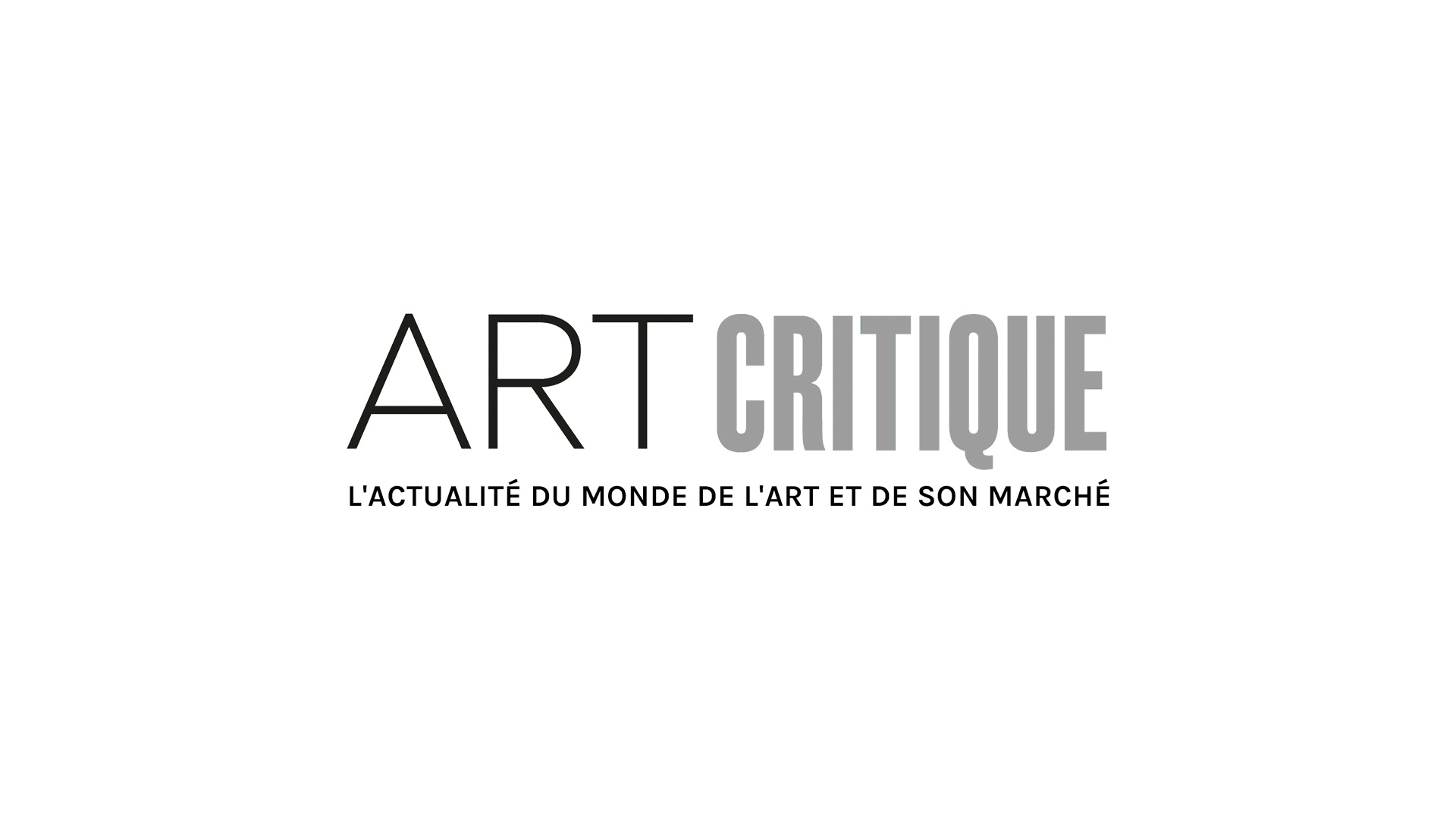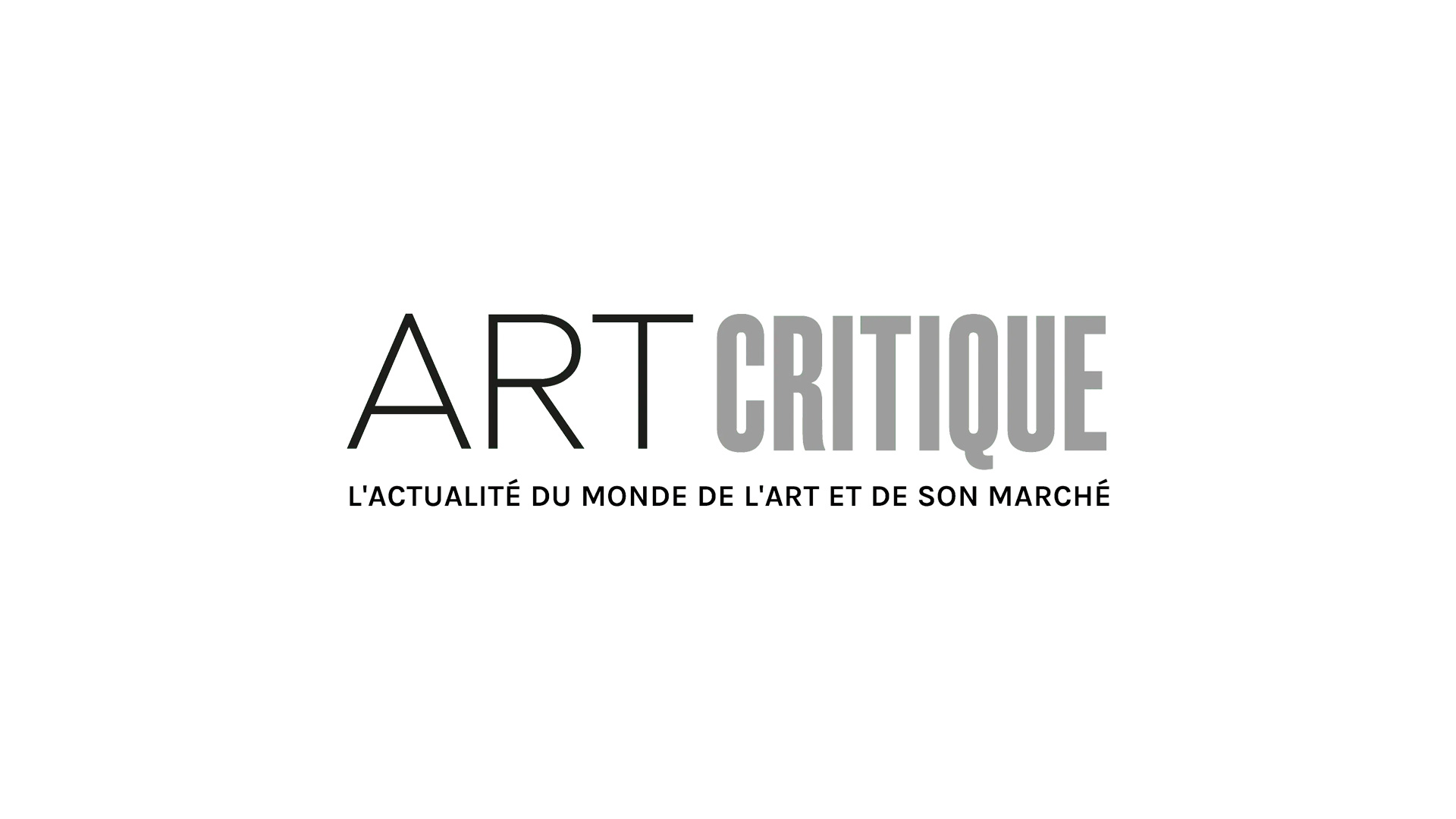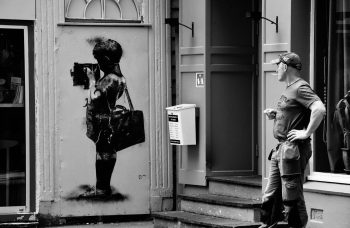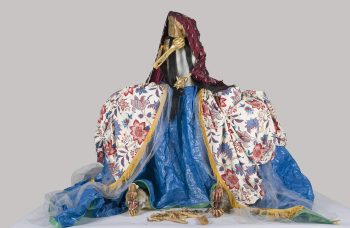An austere man in what could be clerical garb gazes out at the viewer. His coat, shoulders, and hair blend into the dark, yet incomplete background. Exhibited in a beautiful gilded wood frame, the painting feels familiar. Perhaps by a lesser known artist or an incomplete study by a 19th century master.
Oh, there’s a signature; that will surely help, no?
Well, unless you’re a mathematics wiz or faired extremely well in algebra, the Gallic script will only leave you more confused.

Portrait of Edmond Belamy, as you may have now guessed, was not made by a human. Instead, the print, recently sold in Christie’s Prints & Multiples sale, was created by an artificial intelligence (AI) using an algorithm. While AI is not new to the art scene, Portrait of Edmond Belamy made history when it sold for $432,500 (almost 45 times its estimate of $7,000-$10,000).
While the print was created by AI, that AI and the algorithm it adheres to was created by Obvious, a Paris-based art collection. Hugo Caselles-Dupré, Pierre Fautrel, and Gauthier Vernier are the masterminds, artists, and AI researchers behind Obvious. Caselles-Dupré briefly explained how they created Portrait of Edmond Belamy and the other portraits of the fictional Belamy family to Christie’s:
‘The algorithm is composed of two parts…On one side is the Generator, on the other the Discriminator. We fed the system with a data set of 15,000 portraits painted between the 14th century to the 20th. The Generator makes a new image based on the set, then the Discriminator tries to spot the difference between a human-made image and one created by the Generator. The aim is to fool the Discriminator into thinking that the new images are real-life portraits. Then we have a result.’
Algorithms like the one used by Obvious are not only studying the history of art but they are predicting and potentially shaping its future. Other AI researchers, like the Art and Artificial Intelligence Lab at Rutgers University in New Jersey are working with AI called CAN. Ahmed Elgammal, director of the lab sees CAN as a ‘creative’ software as opposed to a ‘generative’ programme. Programmes like CAN are able to access examples but then create an original work.
The use of AI in the art world has intrigued artists for decades but Portrait of Edmond Belamy has forever changed the art market. The sale of the painting represents that AI is a viable medium. As AI improves and Discriminators, even human Discriminators, find it harder to tell the difference between artworks made by AI and those made by flesh and blood, how will the art world react?
Will forthcoming artworks challenge the belief that what sets human and AI art apart is the emotional qualities of artworks? In addition to ethical questions, as AI progresses, notions of artists and creator will shift. Will AI art be seen as collaborative works? Or will they fall more into the category of artworks produced by workshops like those of Old Masters? Surely, questions of authenticity will come into play. Though AI is merely doing what art students do – studying the works of artists from past centuries – will AI infringe on the creative integrity of paintings that are synthesized by the AI? Or, AI may simply be a blip on the radar for the art world. However, it is most likely that AI is here to stay. The way it shaped the future of the art world will most certainly be interesting.





